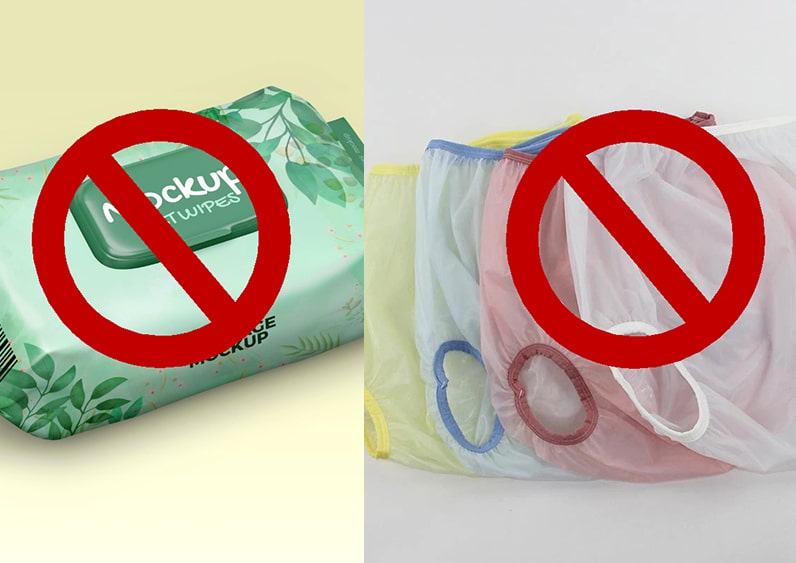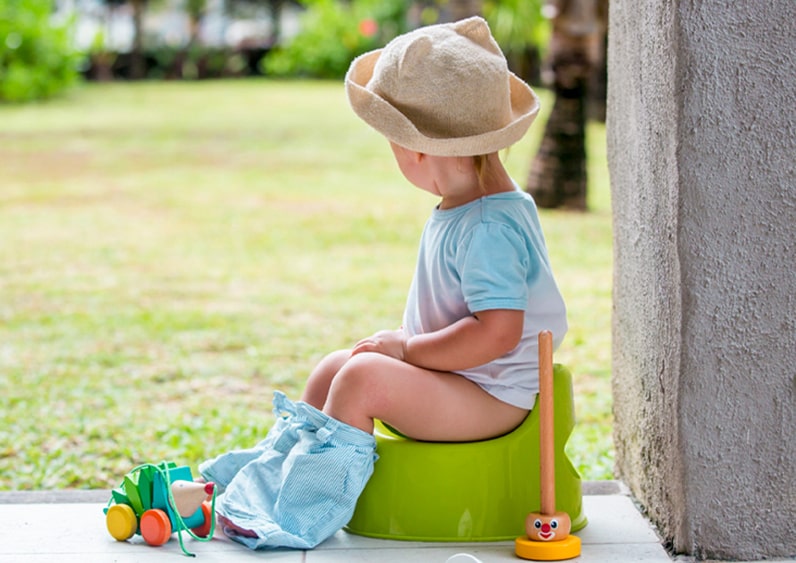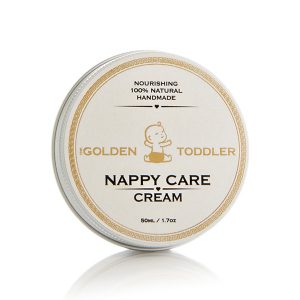You’ve probably read a lot about rashes in babies and toddlers. You have processed and applied this information very carefully and responsibly, seeking more advice from your pediatrician, experienced parents, grandmothers and aunts. You were often frustrated with slow recovery or the frequent return of redness and rashes and scared of possible complications.
That is why it is justified to often talk about this topic and be dedicated, above all, to prevention.
This time we will write about the classic diaper rash, without bacterial or any other etiology, the one that most often affects babies during the first two years of life and coincides, for the most part, with the period of wearing a diaper. Hence the professional name “Diaper rash” or “Diaper dermatitis”

1. Change diapers regularly and often. Prolonged contact of urine and stool with the baby’s delicate and immature skin leads to its irritation. If the baby already has a rash, try to change the diaper every two hours.
Of course, unforeseen circumstances will sometimes lead to you not being in a situation to change the baby’s diaper immediately after. Try to do this as soon as possible, especially if you know that your baby has sensitive skin, prone to rashes.
2. Discard the plastic panties. They prevent ventilation of the diaper region, irritate the skin and cause blisters.
3. During breastfeeding, avoid strong and spicy foods, sauces and marinades, highly processed foods and sweets. This diet of a breastfeeding mother changes the chemical composition of milk and thus increases the acidity of the baby’s stool.
4. When introducing non-dairy foods, the advice is the same: avoid strong and spicy foods, dough and sweets as it will increase the acidic pH level of the baby’s urine and stool.
5. Certain chemicals that are part of disposable baby diapers, baby cosmetics, laundry detergents or fabric softeners can cause allergic reactions and contact dermatitis and irritation.
Try to avoid or reduce these factors to a minimum by choosing quality natural skincare. Rinse your baby’s wardrobe twice and do not use fabric softener (it is enough for your baby to smell healthy and natural).
6. Dress the baby according to the weather conditions. Do not overheat your baby and try to prevent excessive sweating.
7. Do not use wet wipes. Of course, there are situations when there is no other solution, but try to make these exceptions – only exceptions.
Frequent wiping and irritation of the baby’s delicate skin with wet wipes remove the fine protective barrier and cause additional irritations. In addition, wet wipes often contain perfumes and other chemicals that can cause allergic reactions and contact rashes.
The ideal solution is to wash your baby’s bottom with warm, soap-free water; unless your baby had a stool, in which case you need to choose a natural soap or a mild natural wash. Also, you can clean the diaper region with a damp cotton swab by tapping and gently wiping. Dry the skin well with a fine and soft cotton towel.
8. Use mild detergents. Handmade natural soaps with mild formulations, without fragrance and other additives, are an ideal choice for every baby. This also applies to gentle washes for application from head to toe, because they are completely natural, without sulfates, parabens and other risky ingredients, so they are easily and completely rinsed.
9. Regularly use small but effective amounts of diaper protection cream, made from natural and high-quality ingredients.
10. Whenever you can, take off your baby’s diaper so that its skin breathes.

Finally, we will mention what most parents already know; as soon as your baby is mature enough to understand the act of physiological needs, you should begin to accustom your baby to not wearing diapers. This will drastically reduce the risk of rashes.
